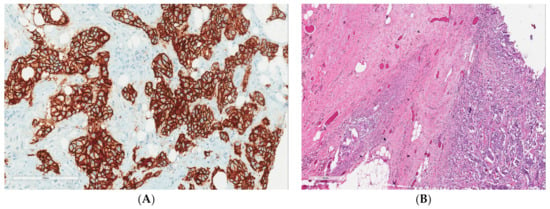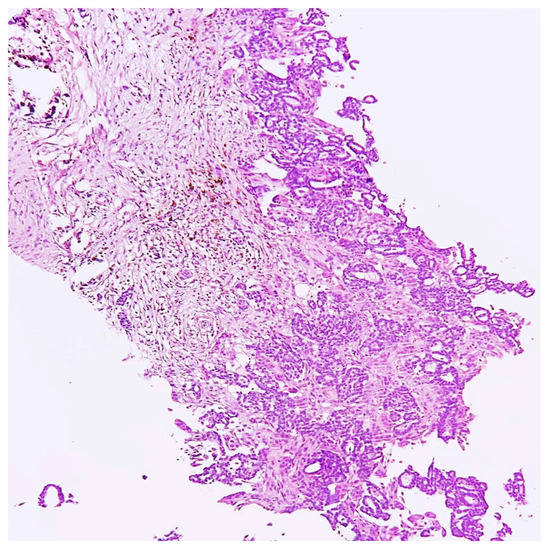Clinical Research in Oncology
A topical collection in Reports (ISSN 2571-841X).
Viewed by 18152Editor
Interests: medical chemistry; drug development; formulations; chemical analysis; bioactivity; natural products; chirality; nanotechnology; material sciences
Special Issues, Collections and Topics in MDPI journals
Topical Collection Information
Dear Colleagues,
The abnormal proliferation of cells in the body, leading to the development of either benign or malignant cancer, can happen in any type of cell. Thus, many types of cancers require unique differential diagnosis and custom treatment options. Despite momentous advances in biological and chemical sciences, early diagnosis and the safe and complete eradication of cancer from the human body is still a major challenge. According to the World Health Organization [1], “Cancer is the second leading cause of death globally, and is responsible for an estimated 9.6 million deaths in 2018. Globally, about 1 in 6 deaths is due to cancer.”
In this Topical Collection, we describe unusual clinical cases of cancer pathologies and outline cases of challenging diagnosis and treatment. Studies describing the utilization of new compounds, both synthetic and isolated, that show promising anticancer activities and/or superior diagnosis are also welcome.
1. World Health Organization. Available online: https://www.who.int/news-room/fact-sheets/detail/cancer (accessed on 24 July 2019).
Prof. Dr. Syed A. A. Rizvi
Collection Editor
Manuscript Submission Information
Manuscripts should be submitted online at www.mdpi.com by registering and logging in to this website. Once you are registered, click here to go to the submission form. Manuscripts can be submitted until the deadline. All submissions that pass pre-check are peer-reviewed. Accepted papers will be published continuously in the journal (as soon as accepted) and will be listed together on the collection website. Research articles, review articles as well as short communications are invited. For planned papers, a title and short abstract (about 250 words) can be sent to the Editorial Office for assessment.
Submitted manuscripts should not have been published previously, nor be under consideration for publication elsewhere (except conference proceedings papers). All manuscripts are thoroughly refereed through a single-blind peer-review process. A guide for authors and other relevant information for submission of manuscripts is available on the Instructions for Authors page. Reports is an international peer-reviewed open access quarterly journal published by MDPI.
Please visit the Instructions for Authors page before submitting a manuscript. The Article Processing Charge (APC) for publication in this open access journal is 1400 CHF (Swiss Francs). Submitted papers should be well formatted and use good English. Authors may use MDPI's English editing service prior to publication or during author revisions.
Keywords
- unusual presentation
- challenging differential diagnoses
- new cancer treatments
- in vitro models
- in vivo models








